You’d think that, after November 5, I would have had enough of elections. But there I was, two days later, checking out a film that is all about what it takes to get elected. No, I wasn’t watching Reese Witherspoon as Tracy Flick doing everything in her power to be chosen student body president in Election. (That 1999 flick—both delightful and disturbing—turned Matthew Broderick of Ferris Bueller fame into a much-beleaguered grown-up, and established writer/director Alexander Payne as someone to watch. But I digress.)
What I saw last Thursday night was not about high school girls in very short skirts, but rather about Roman Catholic cardinals in long ones. The brand-new Conclave, based on a popular novel, takes us behind the scenes of the election of a new pope , after his predecessor is found dead in his Vatican apartment. There’s been no murder most foul: it’s clear the old man died of natural causes. Both the public and the princes of the church are in deep mourning . But life goes on, and a new man must quickly be chosen to wear the so-called Ring of the Fisherman, like the one that has just been wrested off of the dead pope’s finger.
That’s why Roman Catholic cardinals from around the globe are locked in the Sistine Chapel, directly beneath Michelangelo’s famous frescos, to choose one of their number as the Supreme Pontiff. Each will write a name on a small slip of paper, which will ritualistically be slipped into a chalice. An appointed cardinal reads each ballot. Because it takes a two-thirds majority to win, multiple rounds of balloting are generally required. Then, at last, the burned ballots will emit white rather than black smoke, indicating to those waiting breathlessly outside that a new pope has been chosen.
The film Conclave makes clear that, amid all the ritual formality of the Latin rite voting process, there’s often a real power struggle going on. The papal candidates make no speeches and issue no campaign promises, but their views are well known to their fellow cardinals, and factions naturally arise in support of various approaches to the ancient institution they all hold dear. Some skullduggery is also to be expected: the always memorable John Lithgow plays a cardinal who trips up a rival by dramatically exposing a long-ago transgression. We meet also a deeply conservative cardinal who seeks to undo many of the church’s recent reforms, a mysterious Mexican cardinal who was elevated in secrecy by the late pope, and Stanley Tucci as an American cardinal who’s probably too liberal-minded to be chosen pope. At the very center of the film is Ralph Fiennes as a deeply scrupulous cardinal faced with the unenviable task of managing the ins and outs of the Holy See. I should not overlook the film’s one important female character, Isabella Rossellini as Sister Agnes, who sees bad behavior that the cardinals will not admit to. There’s one point the film makes crystal-clear: every cardinal, no matter how modest his manner, secretly dreams of being elevated to the papacy, and has long since picked out his papal name.
Conclave is directed by Edward Berger who won acclaim for last year’s All Quiet on the Western Front. He beautifully manages the film’s huge canvas: Conclave is gorgeous to look at, and is well served by a fascinating score. The acting ensemble proves impressive, and Fiennes is deservedly getting raves for his complex role. Yes, toward the end the plot twists become increasingly unconvincing, but Conclave remains a satisfying behind-the-scenes look at a world we’ll never fully know.

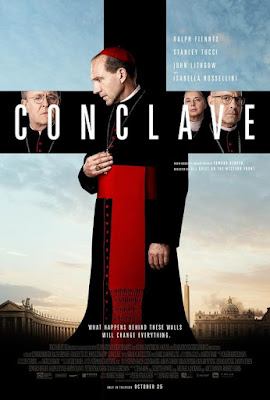
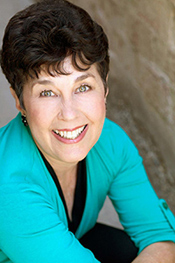
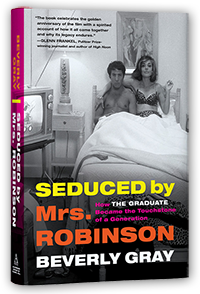


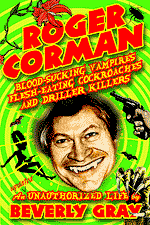
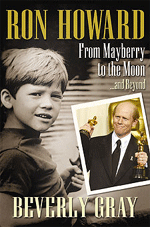
No comments:
Post a Comment